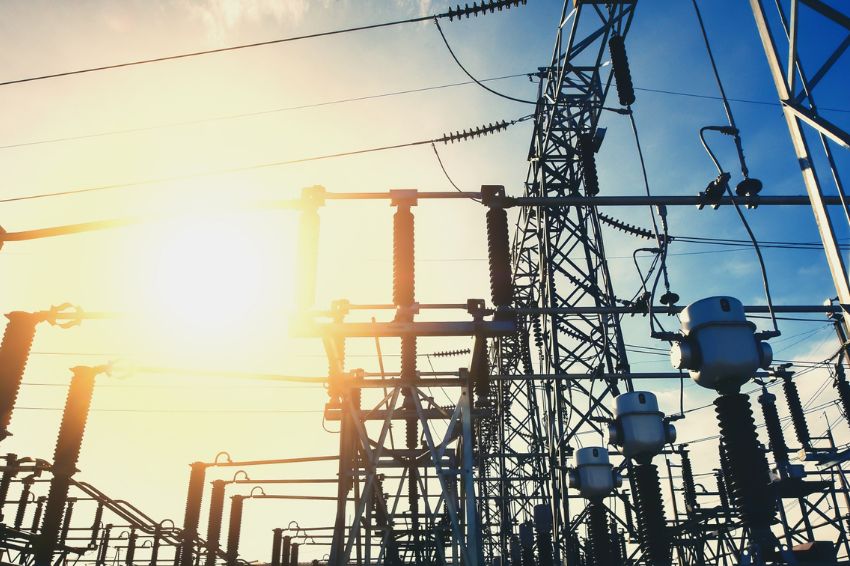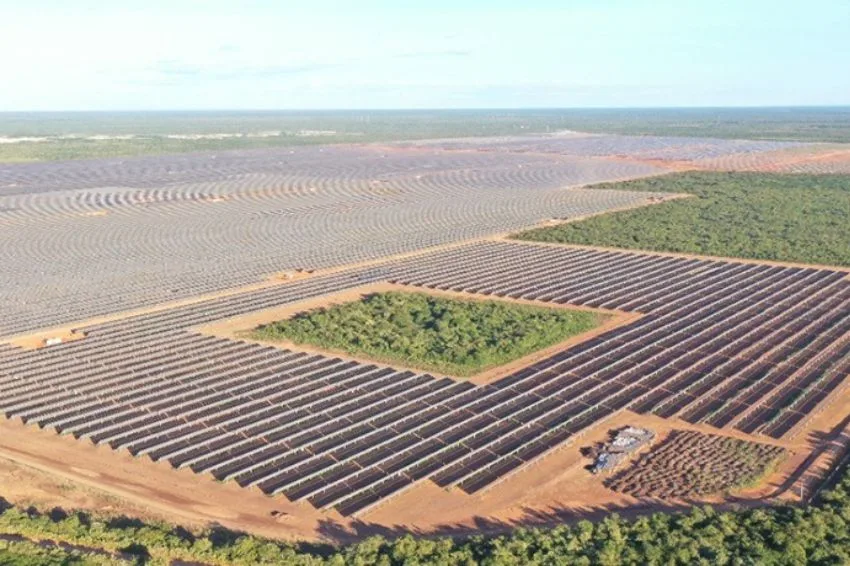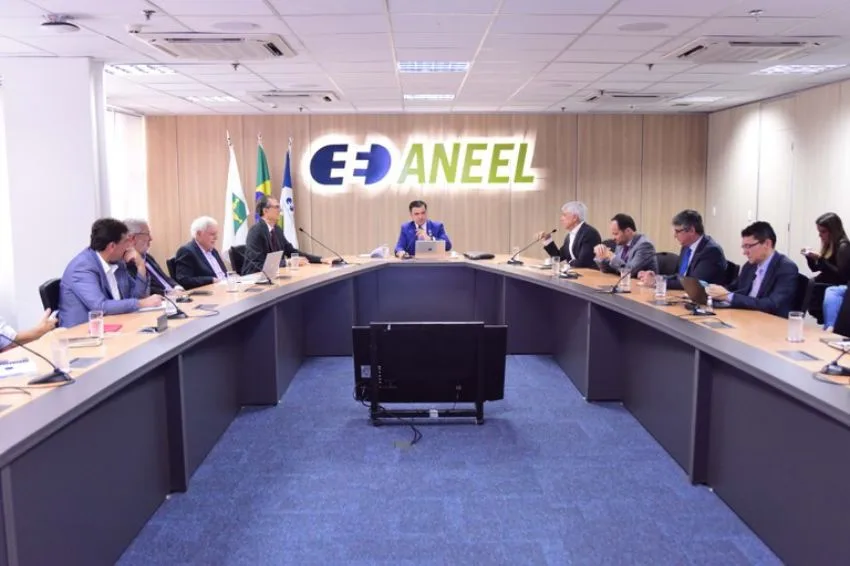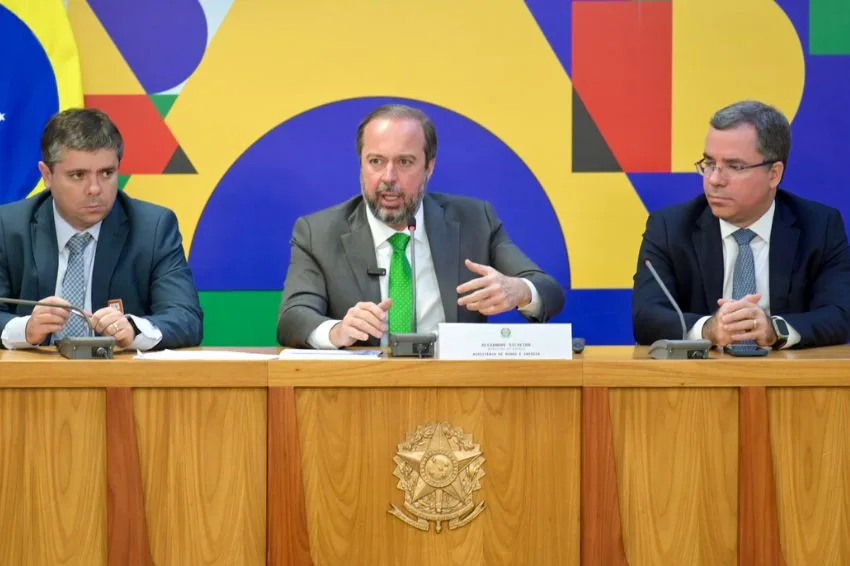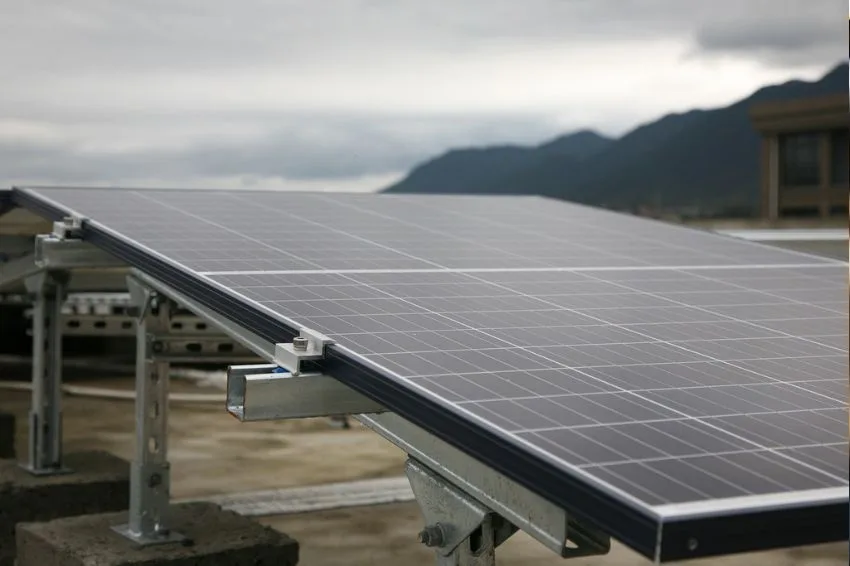A EPE (Energy Research Company) released the PET (Transmission Expansion Program) and the PELP (Long Term Expansion Plan) – 1st Semester of 2022.
The objective was to present the works planned for the expansion of the SIN (National Interconnected System) defined in planning studies completed by June 2022 and which have not yet been authorized or tendered.
O PET/PELP consists of a management document, published twice a year, which covers all SIN expansion works, recommended in planning studies coordinated by EPE, and which have not yet been authorized or tendered.
According to EPE, it is an important reference for the market, as it presents an overview of the sector's perspectives, including details and information about the upcoming expansions planned for the transmission system.
Investment in transmission
According to the document, the total investment associated with the expansions covered in this edition of PET/PELP is R$ 103.4 billion, segregated as follows:
- R$ 67.0 billion (65%) relates to investments in transmission lines, while R$ 36.4 billion (35%) relates to substations;
- R$ 91.3 billion (88%) refers to investments in facilities of a bidding nature, while R$ 12.1 billion (12%) are associated with facilities of an authorization nature;
- R$ 74.1 billion (72%) refers to investments in works originally planned for the purpose of generating flow, possibly involving the expansion of interconnections, while R$ 29.3 billion (28%) relates to works planned with a focus on serving regional markets.
Still according to EPE, the total investment of R$ 103.4, R$ 42.1 billion (41%) is for the South East/Central West submarket, R$ 16.5 billion for the South submarket (16%), R$ 15.6 billion for the North submarket (15%) and R$ 29.2 billion for the Northeast submarket (28%).
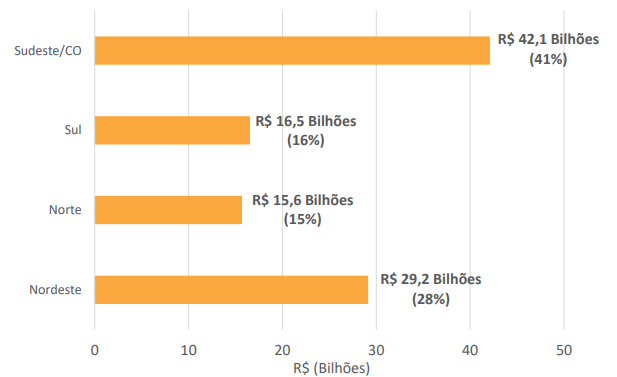
The document also informs that in relation to the total investment of R$ 67 billion in transmission lines, R$ 66 billion are associated with works of a bidding nature and R$ 19.9 billion of this amount (30%) should enter into operation by the year 2028. As a result, an expansion of approximately 26.8 thousand km in new lines is expected. transmission across the entire PET/PELP horizon.

Transmission auctions to reinforce solar flow
Among the main transmission works of a bidding nature and which are estimated to be included in the next transmission auctions in 2022, EPE shows that three states will have works for reinforce the transmission system to support the flow of energy generated from the solar source.
At the Holy Spirit, the works proposed at SE (substation) João Neiva aim to enable the transfer of energy surpluses, coming from renewable sources (wind and solar) from new plants located in the northern regions of Minas Gerais and Bahia, to the Espírito Santo region
Already in Minas Gerais, the indicated structural reinforcements will provide the flow of photovoltaic solar energy potential in the North of Minas Gerais, enabling the connection of around 12,000 MW of generation in the northern region of the state.
And finally, in Rio de Janeiro the 500 kV system will increase the energy flow capacity in the southeast region and will provide a robust transmission axis to contribute to the flow of wind generation from the Northeast region, and solar from the Minas Gerais region.
Second Bernardo Marangon, consulting partner Exact Energy, the construction of these lines is essential for the flow of renewable energy, coming from the Northeast and North of Minas Gerais, to the southeast region. He also highlights that storage solutions could be evaluated to replace some lines, especially in the case of solar, which concentrates a lot of generation at a certain period of the day.
“I believe that the storage solution will be competitive at some point, given the great idleness of the lines that will be built for solar flow, for me, storage makes much more sense if seen as an alternative solution to energy transmission, rather than the responsibility of the energy generator to optimize its connection”, he assesses. .
Another important point raised by José Marangon Lima, partner of MC&E, is that since transmission is a long-term investment, technological advances that are already present today and with more intensity on this horizon are not being envisaged.
“In addition to storage, another example is the significant increase in cargo in the Northeast region due to the introduction of green hydrogen industry which could drain all of the region's renewable potential, rendering idle the lines planned to increase the region's export capacity to the Southeast. In this region we cannot forget the intensification of distributed generation (with net metering or on Mercado Livre), which should stabilize net cargo growth in the near future”, he points out.


